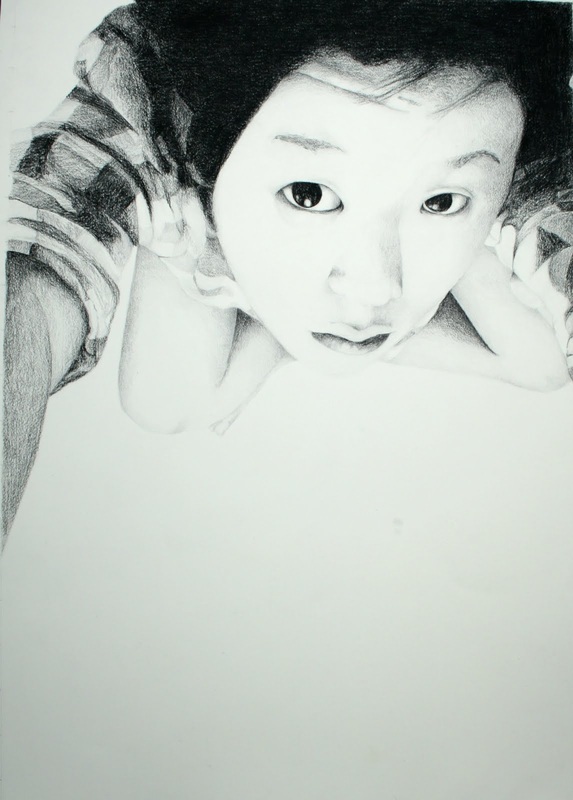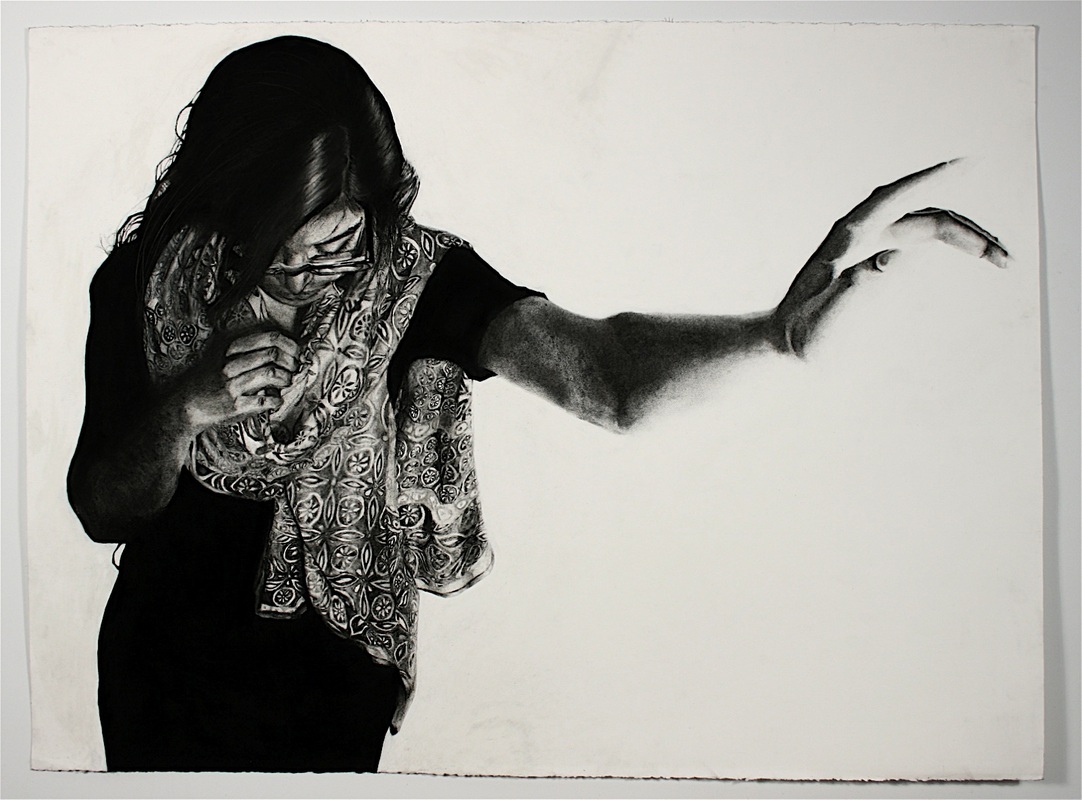Art 3: Introspective Self-Portrait UnitGetting Started I decided to use a lesson that I've taught for many years, just to see if I have been following the methods described in the instructional planner. I started by trying to brainstorm the "Big Idea". In order to come up with the language that described the lesson's "Big Idea", I made a list of all the essential learning that takes place in this unit in my own words. I didn't use the language of the SOLs for this at first, because I wanted to think about the learning on my own before trying to make it fit into the "Standards" that are described by the state. That list reads like this: Mastering the use of charcoal as an artistic medium. Consideration of craftsmanship. Seeing the subtlety of light and shadow. Introspective thinking. Expression of emotion, content, and tone. Create an original work of art that has personal value. Analyze proportion and spatial relationships. Provide written and verbal feedback of peer work. Provide written and verbal reflections of own work. Recognize styles of artists from the Renaissance and Baroque Eras. Compare and Contrast works of art from two distinct art eras. Understand the cultural and historical context of art works. Explain how art is a reflection of the time in which it was made. Once I had my list of essential learning statements, I used that language to write two succinct sentences that encompassed as many of those essential learning statements as possible. That statement reads like this: Studio: "The students will create meaningful, introspective works of art with careful consideration of design and technique". Art History: "The students will understand circumstances surrounding the flourishing art culture of the Renaissance, and will compare it with the dramatic art and culture of the Baroque age in Europe." Next, I began to use the Bloom's taxonomy chart to list all of the verbs that apply to the learning in this unit. After creating comprehensive lists of verbs that relate to the learning in this unit, I began to "unpack" the standards of learning by hunting for words that overlap from the Blooms chart and the Standards of Learning for Art III. In order to speed up the process, I copied and pasted only the Art III standards into a document, and searched that document for key words from my lists. For each of the levels of Blooms, I listed all SOLs that had common language with my list of verbs. Here are the results of those overlaps.... Blooms Taxonomy Levels Create create, design, develop SOLs: AIII.3, AIII.4, AIII.6, AIII.7, AIII.14 Evaluate evaluate, explain, compare SOLs: AIII.12, AIII.13, AIII.18, AIII.25 Analyze analyze SOLs: AIII.11, AIII.13, AIII.14, AIII.22 Apply Interpret, summarize SOLs: AIII.16, AIII.17, AIII.19 Understand compare, contrast, relate, demonstrate, interpret SOLs: AIII.2, AIII.3, AIII.6, AIII.13, AIII.16, AIII.17, AIII.23 Remember remember, recognize, recall Now What? Once I had all this information in front of me, I was feeling confident about the learning that happens in this unit. Then I looked at the Instructional Design and Driving questions portion of the Instructional Planner. This was much more difficult to complete than I had originally thought it would be. To be honest, I'm still not completely sure I've filled this section out properly. Here is the finished product that may or may not be what is expected by the state. Overall, I feel like I have a better grasp on the instructional planner, but I still don't have confidence that I've completed the form properly. I do, however, have great confidence that this is a 21st Century lesson that challenges students to think critically and create meaningful, original works of art that have personal value. I am also confident that the Art History taught in this unit challenges the students to think critically about how art is a reflection of the time and location in which it is made. The biggest take-away from doing this instructional planner is how it made me want to add a field trip to bring the Art Historical content to life. This year, we will take a field trip to the National Gallery of Art in D.C. to se some of the work we studied in person. |
|
0 Comments
|
Mike GuyerThis is my educational blog that is used as my self reflective tool as I go through the teacher-evaluation process. ArchivesCategories |






 RSS Feed
RSS Feed
